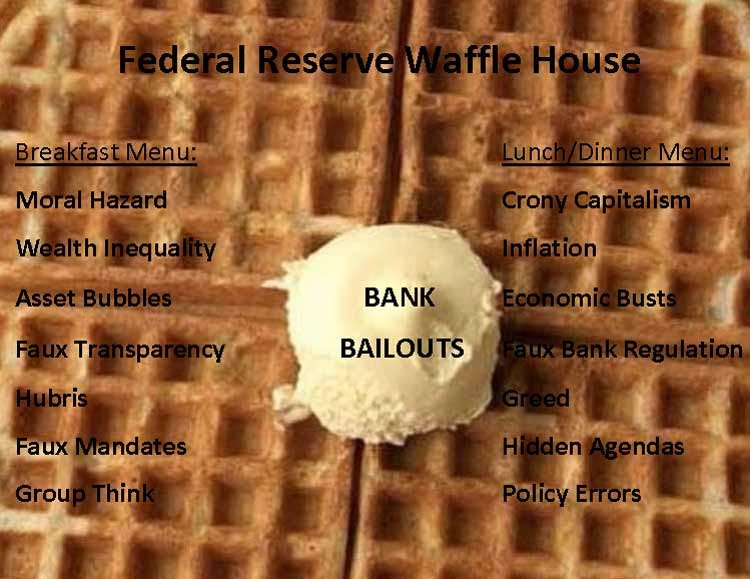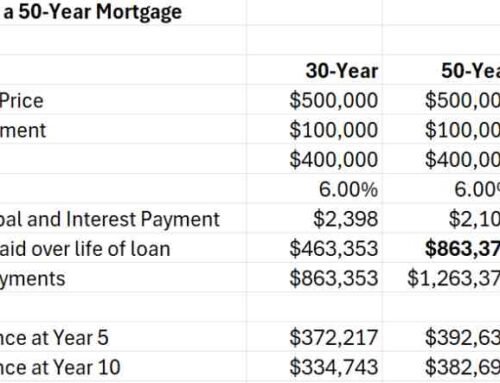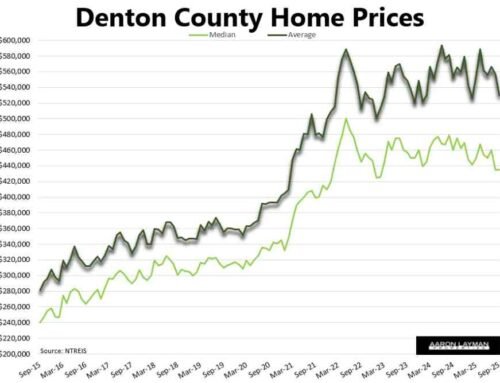Not more than two weeks after he was touting the strength of the U.S. economy and how we are in such a good place, Fed chairman Jerome Powell, tossed out a slightly dovish speech to the audience at the Economic Club of New York. The title of the event was the ‘Federal Reserve’s Framework for Monitoring Financial Stability’. They could just as easily called it sticking your finger up in the air to see which way the wind is blowing. While tossing out the typical central banker sound bites, Powell continued the long standing Federal Reserve tradition of caving to market constituents by at least offering a glimmer of hope that those interest rate increases might come to a halt sooner than anticipated.
As we have learned from experience, when the going gets tough the Fed does what it does best…waffle. How else do you square the bipolar views of the Fed. Back in October Powell told us that benchmark interest rates were probably a “long way” from a neutral level. Earlier this month in Dallas Powell told us he was “very happy with the state of the economy.” and that the economy was “in such a good place now.”
Less than two weeks later we get this from the same Fed mouthpiece…
“Interest rates are still low by historical standards, and they remain just below the broad range of estimates of the level that would be neutral for the economy‑‑that is, neither speeding up nor slowing down growth. My FOMC colleagues and I, as well as many private-sector economists, are forecasting continued solid growth, low unemployment, and inflation near 2 percent. “
And there was also this bit about asset valuations…
“Looking across the landscape of major asset classes, we see some classes for which valuations seem high relative to history. For example, even after standard adjustments for economic conditions, valuations on riskier forms of corporate debt and commercial properties are in the upper ends of their post-crisis distributions, although they are short of the levels they hit in the pre-crisis credit boom. We see no major asset class, however, where valuations appear far in excess of standard benchmarks as some did, for example, in the late 1990s dot-com boom or the pre-crisis credit boom.”
If you read the actual 45 page report on ‘Financial Stability’ you can tell that the Fed is very clearly worried about inflated asset prices and corporate debt levels. So which is it Mr. Powell? Is the economy in great shape or is the Fed playing both sides of the fence in typical central bank fashion? When the going gets tough, central bankers will revert to the same old script and lie through their teeth. This is the nature of the confidence game played within the halls of the Marriner Eccles building and major central banks in general.
I don’t know about you, but I am more inspired than ever about Mr. Powell’s “eternal vigilance”. 🙂 Today the National Association of Realtors reported that pending home sales for October fell 6.7 percent year-over-year. Pending sales are now near a four year low. We will soon find out if the Fed has the stomach to put it’s money where it’s mouth is and pull the trigger on its fourth interest rate hike of the year in December.
What does it say when a 10% market decline to flat on the year is enough to halt the Fed when rates are only at 2.25% ? Clearly not bullish as the market would have us believe.
— Michael Lebowitz, CFA (@michaellebowitz) November 28, 2018
For all the talk about Powell being different from Yellen/Bernanke, the evidence argues that he’s pretty much the same. An 8-10% correction elicits rationalization of a reversal of language uttered from just a few weeks ago (at mkt top!). Ninny. #Fed #economy
— JP Scott, CFA (@JackPScott) November 28, 2018
I have no doubt that Americans are going to be the recipients of more “shitty deals” as the Fed continues their PR campaign of data dependence, fake transparency and fake regulation of the U.S. banking system. The reasons should be obvious, but for those whose memories are a bit fuzzy, just remember that former (Doing God’s Work) Goldman CEO Lloyd Blankfein departed just prior to the 1MDB scandal. Amusingly the Federal Reserve is questioning how Goldman’s latest screw job could have evaded the Fed’s compliance protocols.
“It is the Federal Reserve’s policy not to confirm or deny the existence of investigations….“We refer criminal violations to the Department of Justice as necessary and exercise our enforcement and safety and soundness authorities if the facts are warranted.”
I suspect Carmen Segarra could shed some light on why you won’t see the Fed making a criminal referral charging Goldman’s former executive, no matter how badly the circumstances might justify it. At the end of the day the Fed is still Wall Street’s BFF and the tentacles of the Vampire Squid run deep within the Fed’s member banks, particularly the NY Fed. When push comes to shove, neither Wall Street or the Fed really care about the consequences of their actions. After all, why should they if they can avoid any blame and still earn a nice paycheck.










Leave A Comment